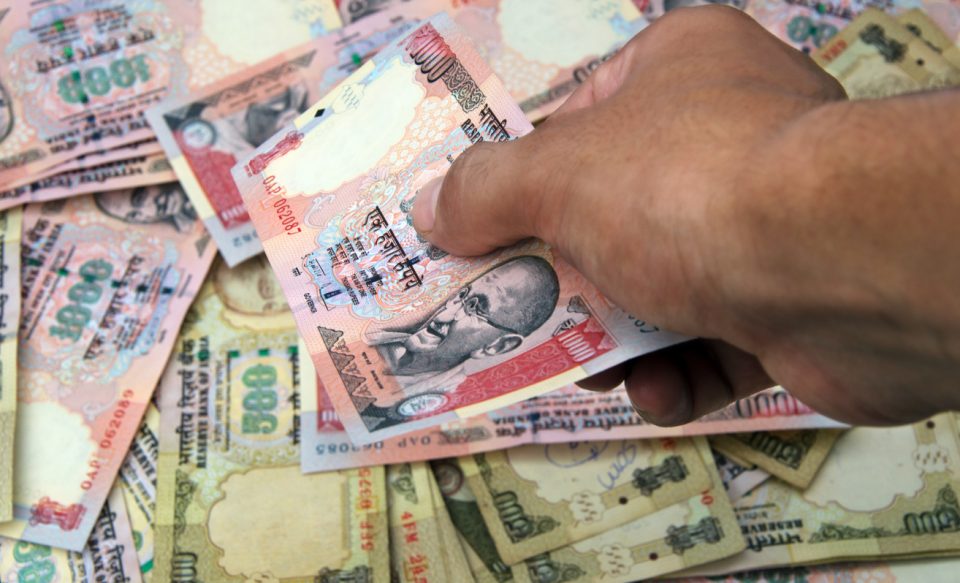
Demonetisation verdict explained | What dissenting SC judge, 4 other judges said
While the majority judgment found no fault with the Union government, the dissenting judge said the move should have at least been made via legislation, rather than through a gazette notification

The Supreme Court by a majority judgment of 4-1 on Monday (January 2) upheld the 2016 demonetisation of ₹500 and ₹1,000 currency notes, but the dissenting judge called the move “unlawful”. Judge BR Gavai delivered the verdict on behalf of himself and Justices SA Nazeer, AS Bopanna and V Ramasubramanian. Justice BV Nagarathna strongly dissented.
A Constitution Bench gave the much-awaited ruling following hearings on 58 petitions challenging the validity of the demonetisation announced in a night televised speech by Prime Minister Narendra Modi that stunned everyone.
‘Centre did consult RBI’
There has been widespread criticism over the Centre announcing the demonetisation decision, with critics saying it should, in fact, have been announced by the Reserve Bank of India (RBI). Justice BR Gavai, in today’s landmark ruling, stressed that the note-ban decision cannot be faulted just because it was made by the Union government rather than the central bank.
Also read | Demonetisation and GST: A tale of two economic ‘mis’adventures
“Decision making process cannot be faulted merely because the proposal emanated from the Central government…There was a reasonable nexus with the objectives sought to be achieved… It appears there was a consultation between the RBI and the Central government over a period of six months,” he said.
‘Reasonable window for note exchange’
The Bench ruled that the 52-day window given by the government to get the demonetised notes exchanged for new currency was not unreasonable.
Judge Gavai said: “There has to be great restraint in matters of economic policy. Court cannot supplant the wisdom of the executive with its wisdom.”
‘Achieving objective irrelevant’
It may be recalled that the note-ban was initially meant to rein in black money and cut terror funding. Later, the Centre said it was also meant to expand the scope of digital transactions. However, subsequent data empirically proved none of the objectives had been achieved.
Nevertheless, the Supreme Court said today it was not relevant whether the objective of the demonetisation exercise was achieved or not.
What the dissenting judge said
Justice Nagarathna said the majority judgment does not recognise that the Act does not envisage initiation of demonetisation by the Central government.
She said she differs with the majority judgement on each of the six issues framed by the court in the case. If the move came from the government and not the RBI, it should have been done through legislation or by an ordinance, not a gazette notification, she pointed out.
Although the note ban was “unlawful,” the status quo ante as of November 8, 2016 cannot be restored now, she said. She pointed out that per records, there was “no independent application of mind by RBI”. The notification of November 8, 2016 is unlawful and the “action of demonetisation of currency notes is vitiated”, she observed.
Addressing ‘disparate evils’
Justice Nagarathna further said the note-ban was the Union government’s initiative to address “disparate evils”. “Beyond pale of doubt” it was well intentioned, but the decision lacked foresight, she said.
The move may be regarded as unlawful on a purely legalistic analysis of the relevant provisions of the Act, she said, adding that the objects of demonetisation are not in question here.

